La Martiniere is one of the premier educational institutes in not only in Lucknow but in the country. Its alumni consist of individuals who have achieved excellence in their respective fields and done the country proud time and again. In fact, it is one of the few educational institutions in India which has been depicted on postage stamps. On 1st October, 1955, Dr. Shankar Dayal Sharma, on the occasion of the school’s 150th anniversary, issued a postage stamp in its honour. It is a reflection of the high esteem in which the school was held during those years, and still is today. On your next trip to Lucknow, this is one of the tourist attractions which you should visit as it is an essential part of the city’s heritage.
History
The history of La Martiniere in Lucknow is quite interesting. The school was founded in 1845 according to the will of Major General Claude Martin. He was born in Lyon in France in 1735 but died in 1800 AD in Lucknow. According to the instructions issued by him, the day of his death was to be celebrated as Founder’s Day. In his will, he also allotted some funds for the establishments of schools in France, Kolkata and Lucknow.
There is another development associated with the school which makes it unique among the other schools in independent India or the erstwhile British Empire. After the death of Claude Martin, his will was the subject of great litigation. The seriousness of the matter required the intervention of the then Supreme Court of Calcutta. The court declared on 11th April, 1839, that a college in Lucknow be established according to his will. Another decree issued by the Supreme Court on 22nd December 1841, led to the setting up of a scheme for the establishment of the college in Lucknow. This is how the college came into existence.
The Indian Revolt of 1857 also had an impact on La Martiniere. Concerned with the rapidly deteriorating situation, the college was shifted to the Residency on 13th June 1857. This was done on the orders of Sir Henry Lawrence. During the attacks by Indian troops, the principal, masters and boys of La Martiniere defended the southern perimeter of the Residency, which was exposed and thus, vulnerable to attacks from outside. They braved hardships and courageously defended The Martiniere Post for five months, while ensuring that they were regular with their studies. Their brave spirits and the exemplary courage shown by them during trying times was acknowledged in 1938 when the college was awarded colors which bore the legendary Defense of Lucknow. Never before, or after, has a school been honored in this way.
Architecture
The school’s infrastructure is a matter of pride, as are its traditions and heritage. Indeed, one is incomplete without the other. La Martiniere boasts two academic campuses, the Junior School Campus and Constantia Campus. The Junior School Campus consists of three academic blocks which houses the pre-school and junior sections. Constantia Campus, on the other hand, houses the middle and senior sections of the school. The accommodations for resident scholars and resident staff are also housed in this part. The construction of the building known as Constantia began in 1796. Although it is not protected by the Archaeological Survey of India, it is a part of the Lucknow Heritage Zone. The founder of the college is buried in the crypt in the basement, while directly above the crypt stands the La Martiniere Memorial Hall. The bust of the Founder, which is an impressive sight in itself, is surrounded by tablets which display the names of the former students who attained martyrdom in Second World War. In their honor, the college was presented by blue and gold battle honors, which are now part of the College Flag.
A feature common to all La Martiniere schools across India is the Chapel. The chapel of this college is over a century old. A special feature about the chapel are the two stained glass windows which were presented as a gift by two former students of the college. They depict child Jesus in the Carpenter’s shop along with the doctors of law, emphasizing the importance of honest manual labour along with wisdom.
Another attractive part of the College’s architecture is its east terrace, which is accessed by a grand staircase. It is an artificial lake and from its center juts out a solid fluted column which is almost 125 ft high. Called the Lat, it is associated with several legends as well as theories revolving around its existence. The center of the east terrace is occupied by an enormous canon used in the Battle of Seringapatam in 1792.

There is also a special bell placed on a pedestal. The east terrace also hosts several occasions, including parades and Prize Day. Each step of the stones have been engraved with the names of pupils who have, through the centuries, left their lasting impression in one way or the other.Other notable buildings in the college complex are swimming baths, college hospitals, tombs of Boulone and Major Hudson.
Popular Tourist Attractions Nearby
After paying a visit to La Martiniere, you can visit the other popular tourist attractions in Lucknow. These hold immense cultural and historical significance, and shed light on the country’s heritage. Here are some of them which you should visit.
- Charbagh Railway Station
- Tombs of Saadat Ali Khan & Khurshid Zadi
- Vidhan Bhawan
- Gurudwara Yahiyaganj
- Dilkusha
- Jain Temple
- Lord Hanuman Temples of Aliganj
- Buddha Temple
- Shaheed Smarak
Best Time to Visit
La Martiniere, one of the top places which you should visit in Lucknow, is situated in the city of Lucknow, Uttar Pradesh. The best time to visit it depends upon you, and the kind of weather you find comfortable. If you are bothered by the heat and humidity, then the summer season is probably not the best time to plan a trip here. During the winters though, the weather can be very cool, pleasant and amicable. Lots of tourists prefer visiting Lucknow during this time, as it creates just the perfect conditions for sightseeing and exploration.
How to Reach?
La Martiniere is situated in the city of Lucknow, the capital city of Uttar Pradesh. It is well-connected with the major cities of India, as well as those located in close proximity. Here is the best way to reach it.
By Train: The major railway station in Lucknow is Lucknow Junction Railway Station. It operates trains to all the major cities of India and is situated at a distance of 5.2 km. The drive should take you not more than 19 minutes. You can hire a taxi or any other private vehicle outside the railway station to reach La Martiniere.
By Air: Chaudhary Charan Singh International Airport is the major airport in Lucknow and operates flights to all the major cities to India as well as those abroad. You will find taxis and other private vehicles outside the airport to take you to this place.
By Road: Lucknow enjoys a good road connectivity to the major cities in India as well as those located in close proximity like Kanpur (86 km), Jhansi (316 km), Agra (323 km) and Varanasi (280 km). If you are coming from Kanpur or Jhansi to Lucknow, you will have to take NH 27. Varanasi is connected to Lucknow via NH 30. Agra Lucknow Expressway connects Agra to Lucknow.



























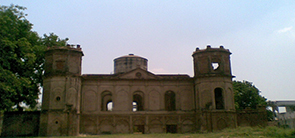

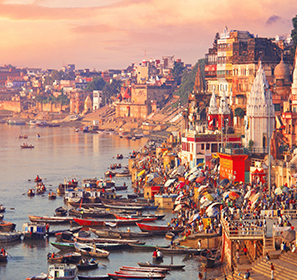
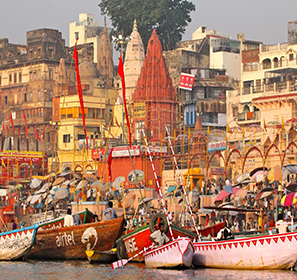
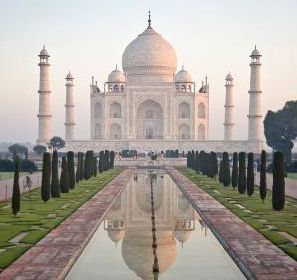
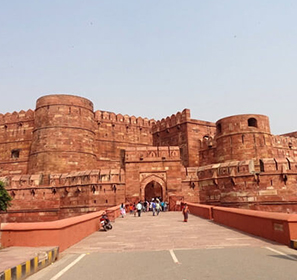
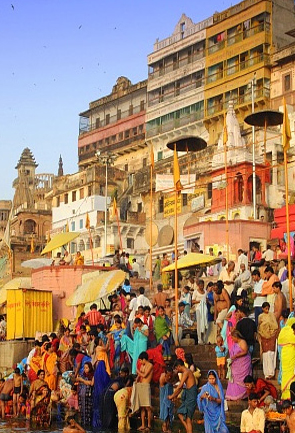



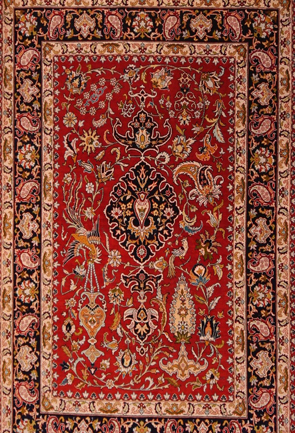
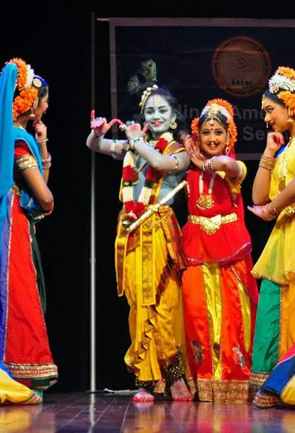
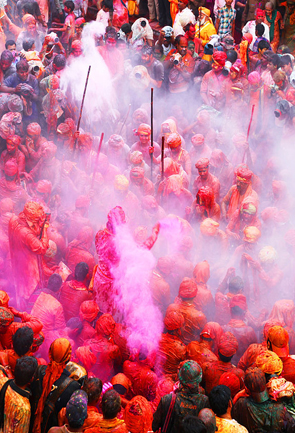


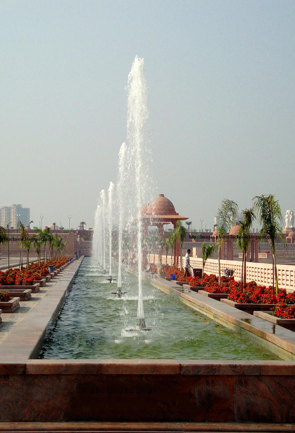

 Plan Trip
Plan Trip Call Us
Call Us Packages
Packages Home
Home